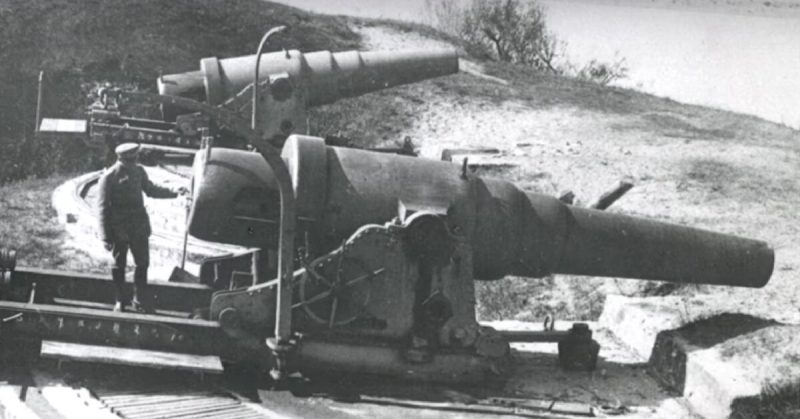If you’ve ever wondered why war is so astoundingly expensive, this video will more than answer any questions you’ve had.
Indy Neidell, host of the series The Great War, not only gives you the numbers, he arranges them in contexts that give you a fuller picture of the Great War than you have ever had before. “Numbers of things,” as he puts it, that you’ve never even considered thinking about are so shockingly copious that it takes the snapshot images you have of the war in your head and transforms them not into a mere movie-like understanding, but a full and whole experience of being right there. No, not in the trenches – these numbers take you far beyond the trenches and into the entirety of the landscape at the front and even “back home”.
The numbers are also heartbreaking. When he goes over the numbers for artillery, you feel not only for those who were wounded or killed, but for every man that dodged, heard, or saw these millions and millions of bullets. Movies cannot even begin to capture it.
The most mind blowing numbers Neidell expounds on are those at Arras. The Battle of Arras took place on the Western Front from April to May in 1917. The major action went down the first day and then became a waiting game for the remainder. The Canadian Corps held a four-mile portion of the front, and it is this small section of the 440-mile front that Neidell brings to life.
The four-mile portion in question was maintained by 97,000 Canadian troops. With support staff added to that number, it expanded to 170,000 people to hold those four miles. As Neidell points out, that number of people would have made it the third largest city in Canada had it been located there.
When he discusses the numbers for creating the infrastructure to maintain and support this population, the atmosphere of this seemingly small part of the front comes alive in a big, big way.
